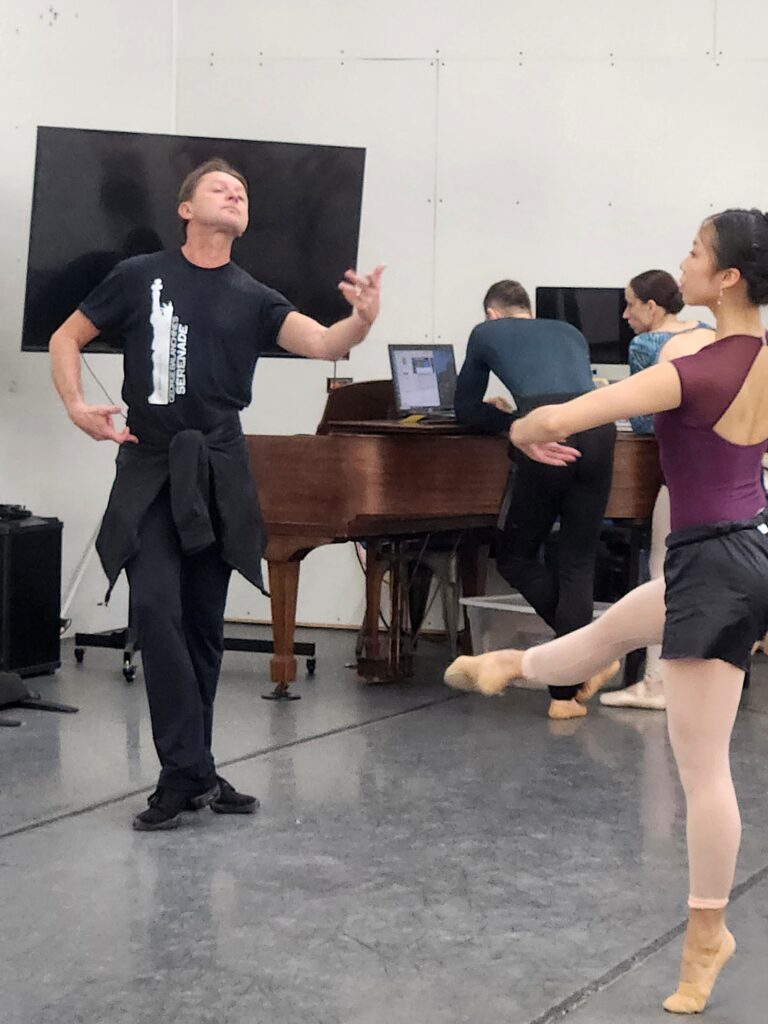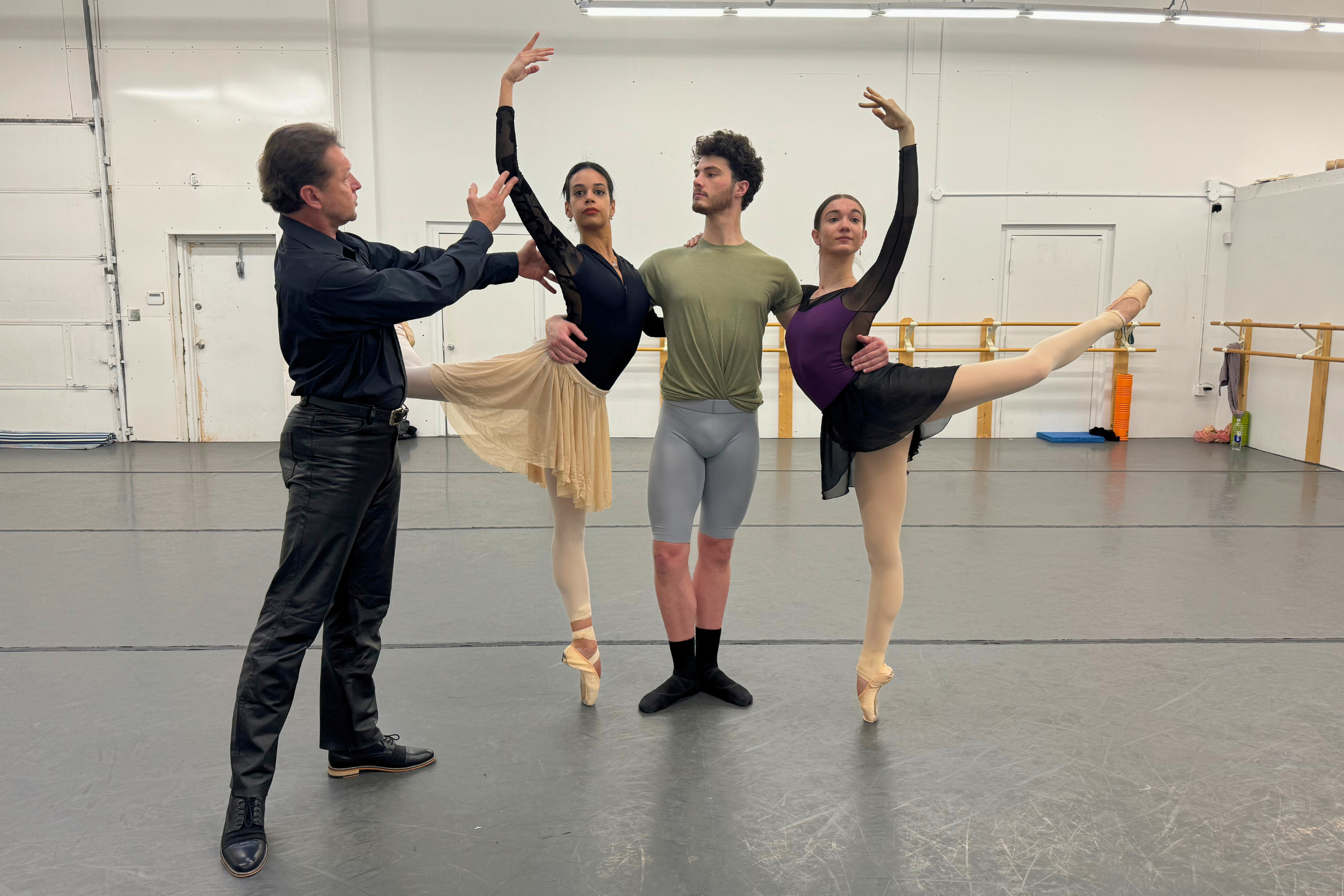Cleveland Ballet Reset: A Conversation With New Artistic Director Timour Bourtasenkov
Cleveland Ballet was one of the nation’s fastest-growing ballet companies until a series of recent scandals brought its rapid rise to a halt. Last fall, CEO Michael Krasnyansky resigned following allegations of inappropriate conduct; then, founding artistic director Gladisa Guadalupe was dismissed after an independent internal investigation revealed a toxic work culture and serious operational and financial irregularities. (Krasnyansky and Guadalupe are married.)
Hitting the reset button, Cleveland Ballet’s board of directors, on January 10, appointed 55-year-old director of repertoire Timour Bourtasenkov as the new artistic director. The board also instituted several other changes to stabilize the 9-year-old company, including severing ties with its affiliate school next door, owned by Guadalupe, and founding the new Academy of Cleveland Ballet.
Bourtasenkov brings a breadth of experience to the artistic director job. A native of Moldova, he received his dance training at the Moldavian Opera House and the Bolshoi Ballet. He danced with Pennsylvania Ballet (now Philadelphia Ballet) and New Jersey Ballet and was a founding member of Carolina Ballet. As a choreographer, Bourtasenkov has created works for Carolina Ballet, Ballet Hawaii, New Jersey Ballet, and Infinity Ballet. He was an assistant professor at East Carolina University from 2006–2009, has been on the faculty of American Ballet Theatre’s summer intensive, and was a judge and teacher for Youth America Grand Prix.
Bourtasenkov recently discussed his approach to his new role at this crucial moment for the company, and his vision for Cleveland Ballet going forward.

How are you working to stabilize and re-instill confidence in the company?
I’m bringing feelings of positivity to it. There was a lot of uncertainty before. Looking at the company’s dancers in the studio now, you can see the relief and joy they have. Also, I am getting rid of the restrictive policies that were in place before regarding dancer schedules, and promoting open communication between the dancers and staff.
The investigation revealed significant financial concerns. What changes do you expect you will have to make?
With the tight budget we have, it’s going to be a roller coaster ride, and some sacrifices will have to be made. Of the company’s 33 dancers, a handful will not be returning when their contracts are up. However, we may need to tighten up the company even further and reduce the dancers’ contracts by a few weeks.
What is your longer-term vision for the company?
One of my goals is to have everyone on the same page in terms of the look of the company. We don’t have that now stylistically, but we will get there. I also want to challenge the dancers more with the ballets we perform. I want to build a repertory of ballet classics such as Giselle, The Nutcracker, and Romeo and Juliet. I would love to bring in more Balanchine ballets, and those of Jerome Robbins and Twyla Tharp, as well as newer choreographers, especially female choreographers.
You are also a choreographer. Will we see the company performing some of your ballets?
Yes. It will be a necessity now to save the company money.
At some point, you will need to hire dancers. What do you look for in a dancer?
Someone with strong classical technique who is also able to move freely in contemporary dance styles. Someone who is open to taking risks. If a choreographer tells you to fall on the ground and roll, you need to be able to do so.
What are some of your other goals for the company?
To find a new facility with larger studio space for the company and our new Academy. I would also like to expand the number of productions we do in a season from three to four or five in the next few years, and have the company tour more.




